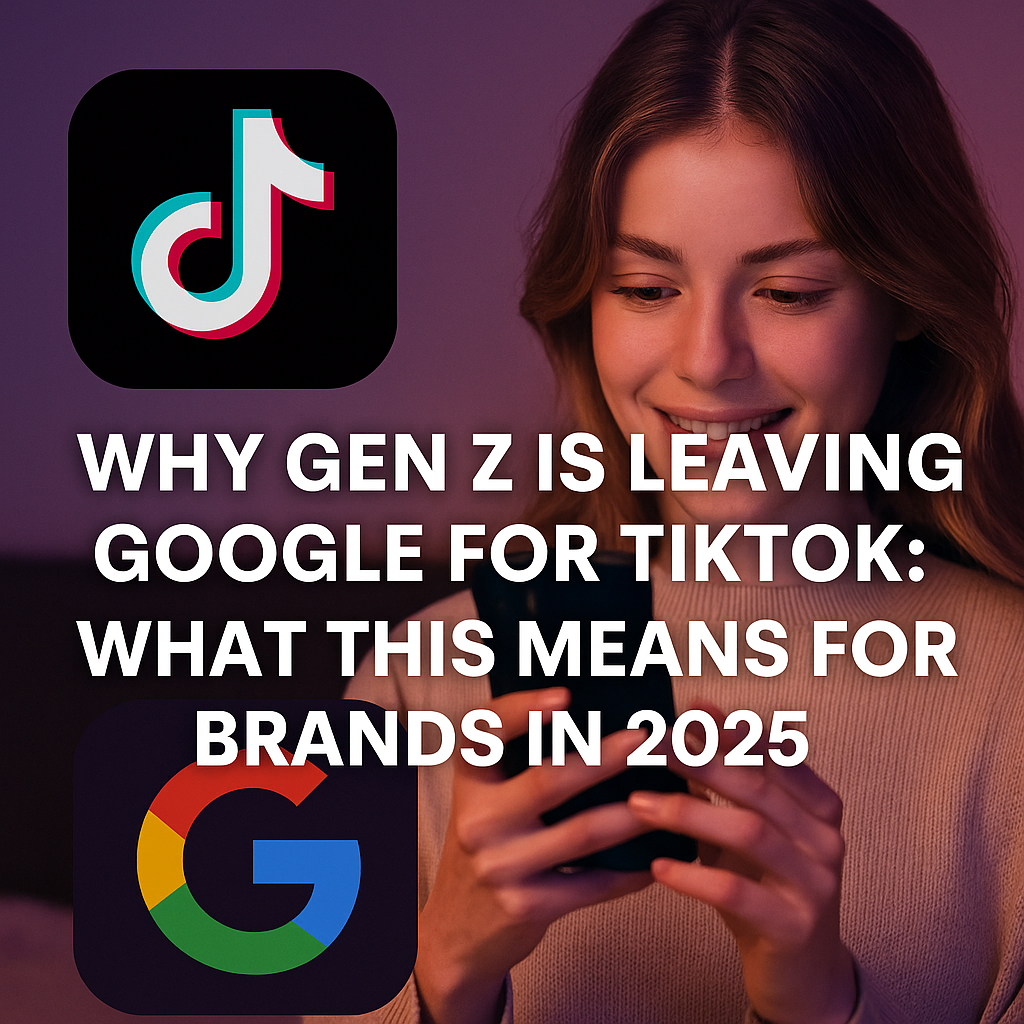For the last two years I’ve been making predictions about the consumer internet, and this year is no exception.
First let’s take a look at how I did on last years predictions:
1. Social Media advertising, Online Video advertising and In-Game advertising start to become scalable.
Grade: B-. We’re seeing much greater scale on
social media and online video advertising, with a standard emerging for
online video, and movement towards a standard for social networks.
In-game saw some progress but not as much.
2. Structured web emerges.
Grade: C. Notwithstanding the Powerset acquisition, the structured/semantic web hasn’t been a real theme for 2008.
3. Games 2.0
Grade: A. This year was a breakout year for social
networking games, web based games and free to play games. I see this
growth driving several of next years predictions as well, as you’ll see
below.
Now on to new predictions. Note that the remainder of this article is cross posted at the Wall Street Journal.
__________________________________________________________________________________________
Last year, consumer Internet startups sprung up left and right,
looking for U.S. traffic growth and relying on the robust growth of the
advertising market to make money. We enter 2009 looking down the barrel
of a recession. In this environment, I predict the following trends for
consumer Internet companies:
1. Consumers seek cheap thrills
Even in a recession, people will still want to be entertained. The Great Depression saw resilience and even growth in movie ticket sales
as one of the cheapest ways for people to entertain themselves. As this
economy tightens through 2009, we’ll find growing numbers of “time
rich-cash poor” consumers seeking today’s lowest cost methods to
entertain themselves. In general, this will benefit two categories of
consumer Internet companies.
First, social media and social networks. These are free and
endlessly entertaining. As mainstream media companies cut costs, the
relative value and quality of user generated content increases.
MySpace, YouTube and Facebook all rank in the top 10 Web sites by
aggregate time spent according to comScore. The most popular
applications on Facebook and MySpace are all games, entertainment and
lightweight communication, and these can provide endless hours of
entertainment for users. It isn’t just Facebook and MySpace that will
benefit though. Smaller social media sites that have built enough of a
critical mass to have a self sustaining community will also see growing
usage over the next year.
Second, games. Games are one of the most cost effective means of
entertainment available. While a $10 movie ticket can provide 90
minutes of entertainment, a $60 computer game can easily provide 50-100
hours of entertainment. Free-to-play web based games make this math
even more compelling, whether they be casual game portals like Pogo,
virtual worlds like Gaia or massively multiplayer games like Runescape.
The Web site with the highest amount of time spent per visitor in
October was Pogo.com with 444 minutes/visitor. Number two was Yahoo,
with just 291 minutes/visitor in the same period. Games in general, and
free games in particular, can provide a lot of cheap thrills.
2. Trading real money for virtual goods
In Asia people have been paying real money for virtual goods for
years. It is the primary business model for games and Internet
companies in China and Korea, far more important that advertising.
We’re starting to see similar behavior in the U.S., also led here by
online games and social networks. On the back of the rise of social
networks and games, 2009 will be the first real breakout year for this
business model in the US.
To people who do not spend time on social networks, it seems crazy
that people would pay real money to buy each other virtual gifts –
pictures of things ranging from birthday cakes to hugging penguins –
and then display them on their profile pages. But estimates peg
Facebook’s digital gifts sales in the $35 million – 50 million range this year. As more human interaction moves online, these social tokens of appreciation move online in parallel.
In the same way, gamers are more than willing to buy virtual goods In 2007, Nexon made $30 million selling virtual goods to U.S. players of their games.
These items either allow players extra powers in the game (e.g a bigger
gun), or allow players to customize the way that their character looks
(e.g. cool sunglasses). People want to win, and they want to look good
doing it. Dozens of other games companies are now employing this model
in the U.S.
Why would this recession be a time for virtual goods to take off in
the U.S.? It actually has nothing to do with the economy, Rather, two
new payment mechanisms are becoming available now that allow gamers,
many young and without credit cards, to play these games to their full
capacity. The first is that prepaid game cards are now being sold at
retail, with Target leading the charge.
The second is incentive marketing. If a player take an action (like
signing up for a ring tone service, or completing a survey) the
advertiser who benefits will fund the purchase of that players desired
virtual goods. One virtual world company, Gaia, used to have three full
time employees who did nothing but open envelopes of cash
that their teen and ‘tween players sent them to buy virtual goods.
Since rolling out their new payment mechanisms, their revenues have
doubled and they no longer have to open envelopes full of pocket money.
Asia and Europe have led the US in the adoption of free to play
games because they have had good alternative payment mechanisms in
place for longer, including mobile payments and credits available for
sale at internet cafes. Now the U.S. is ready to catch up.
3. Web 2.0 leaders pull further away from the pack
In a recession, when advertising budgets are cut, there is a flight
to quality among advertisers. Size and “brand name” are good proxies
for quality. Advertisers will want to buy advertising on big, well
known websites. The big online media companies like Yahoo and AOL will
benefit from this. However, they are already so big that they cannot
escape the overall shrinkage of ad budgets.
On the other hand, many Web 2.0 companies, like Facebook and Digg,
have build large user bases but have not yet built out their capacity
to monetize their traffic. These companies will see the benefit of the
advertiser flight to quality. However, as they are only now building
out their sales forces, they will likely continue to see strong revenue
growth in 2009.
4. Online ad prices continue to fall, alternatives help make up some of the ground
The Internet advertising market, like all markets, responds to
changes in supply and demand. In the current recession, demand for
advertising is likely to decrease. At the same time, supply of online
inventory, page views, is continuing to increase. Social networks and
other social media sites in particular are creating masses of new
inventory. As a result, the price of online advertising will continue
to fall in 2009.
Targeting may mitigate some of this fall. Better targeting is
steadily improving the effectiveness of direct response advertising
(the equivalent of TV infomercials). This targeting takes many forms,
but all have demonstrated an ability to lift conversion rates over “run
of network” advertising. As targeting technology improves, and as the
data that publishers and networks collect about users increases in
quantity and quality, we will see a better ability to match the right
ad to the right person, and charge more for that ad.
5. Getting serious about monetizing non U.S. traffic
The U.S. led the way on the internet, and for a long time the U.S.
dominated overall Internet usage. In the past couple of years this
situation has changed. China passed the U.S.
as the country with the most internet users this year. Top sites like
Yahoo, MSN, Facebook and MySpace all have more users internationally
than in the US. Serving an international user costs the same as serving
a U.S. user, but making money from an international user is much
harder. In 2009, I expect Internet companies to get serious about
making money from their international traffic.
The US market represents about half
of all online advertising, which is partly what makes monetizing
international traffic so difficult. Building up direct ad sales teams
(and networks) internationally will partially help to bridge the gap,
but this will not be enough. As noted previously, in Asia direct
monetization models (i.e. selling things directly to users) have proven
to be a better business model than advertising. U.S. companies will
need to understand and embrace the direct monetization models that have
worked well overseas, principally mobile monetization, premium
subscriptions models and digital goods models based on selling greater
functionality, scarcity or status.
Silver linings to dark clouds
These trends will benefit some internet companies but disadvantage
others. I hope that your company finds the right way to navigate these
shifting shoals. Let me know if you agree or disagree with these predictions, or if there are other trends that you think I’ve missed.
(Image source: Today’s seniorsnetwork)
(For more by Jeremy, see his blog or his VatorNews channel















